I make live art and experimental performance.
This means interdisciplinary time-based performances, moving image and events. Sometimes they are live and other times recorded. The work usually involves my body and there’s often playfulness. I like making ephemera: costumes, texts, drawings, objects. I work by myself and with other people, mostly independently, sometimes funded and with institutional support.
Homosexual Death Drive
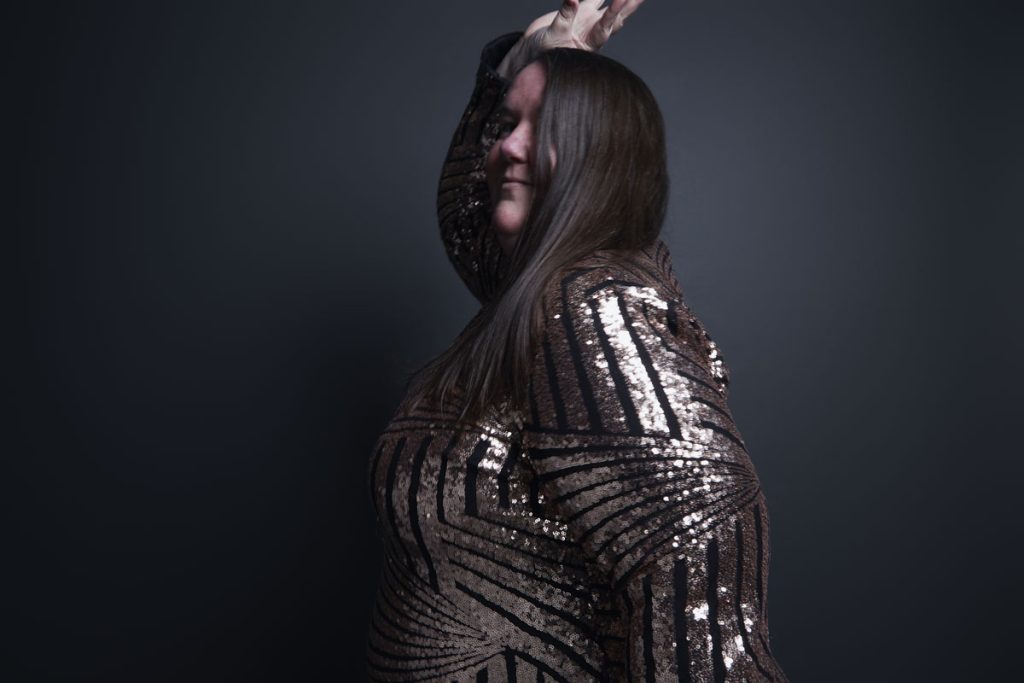
Established in 2010, this is my main live art vehicle. A space for queer, antisocial, intimate live art with feelings, merch and showbiz. Visit the Homosexual Death Drive website for more of this wonderland.
Older Projects
Dance Research (2016 – 2020)
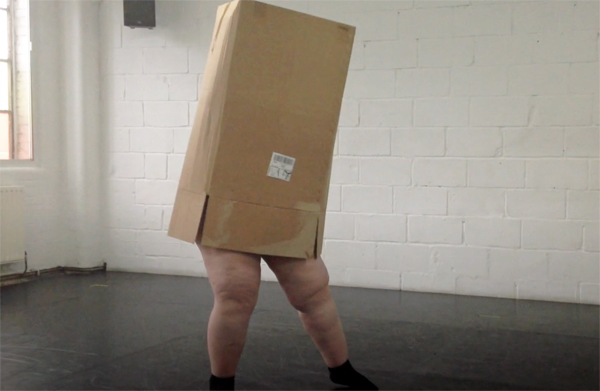
Over four years Kay Hyatt, one of my key collaborators, and I met regularly in the studio to explore fat queer somatics. A book is forthcoming but in the meantime this article offers some idea of what we did: Cooper, C. (2020) ‘Nearly four years in nearly four minutes: fat, queer, dance and time’ [online]. Interventions, Contemporary Theatre Review. London. Available: https://www.contemporarytheatrereview.org/2020/nearly-four-years-in-nearly-four-minutes-fat-queer-dance-and-time
Tantalising Glimpses: A LADA Study Room Guide on Fat (2020)
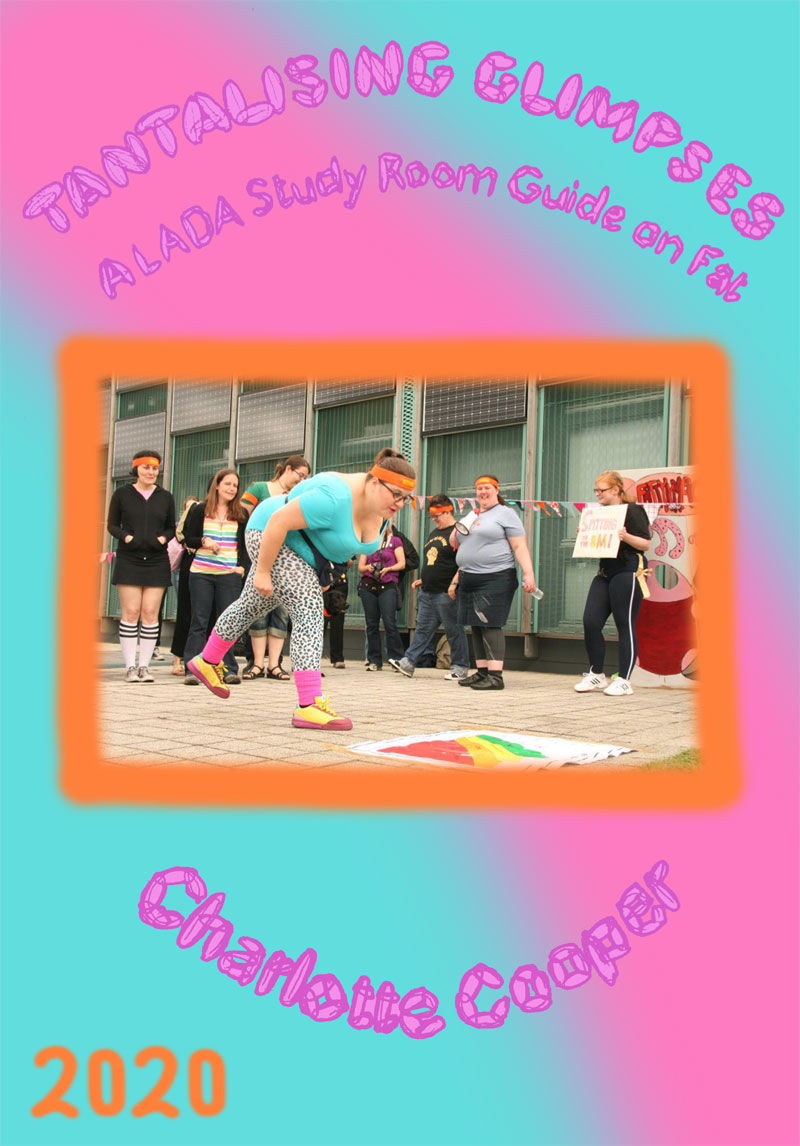
This guide, commissioned and published in 2020 by the Live Art Development Agency, explores the organisation’s holdings on fat and Live Art.
https://www.thisisliveart.co.uk/resources/tantalising-glimpses-2020/
But is it Healthy? (2016)
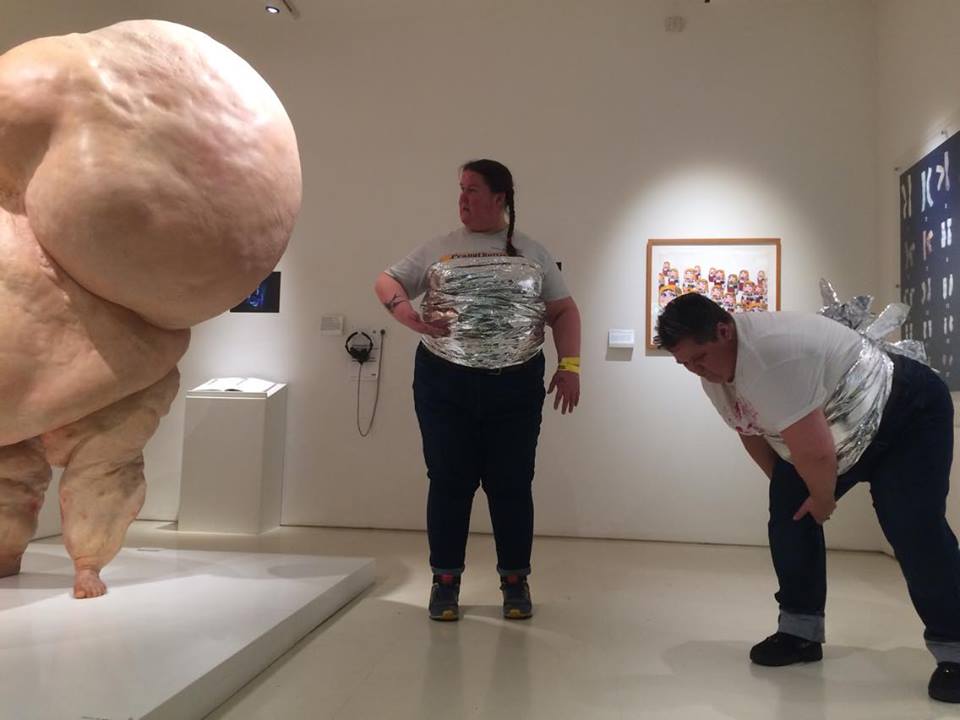
Kay and I devised a score to answer the impossible question. We performed it at The Wellcome Collection’s Obesity display, a really vile space. I made a zine, The Blob (.pdf, 3.8mb), and some beats. Wellcome removed the display in 2019, partly as a result of this work.
How do Fat People Dance? (2015 – 2018)
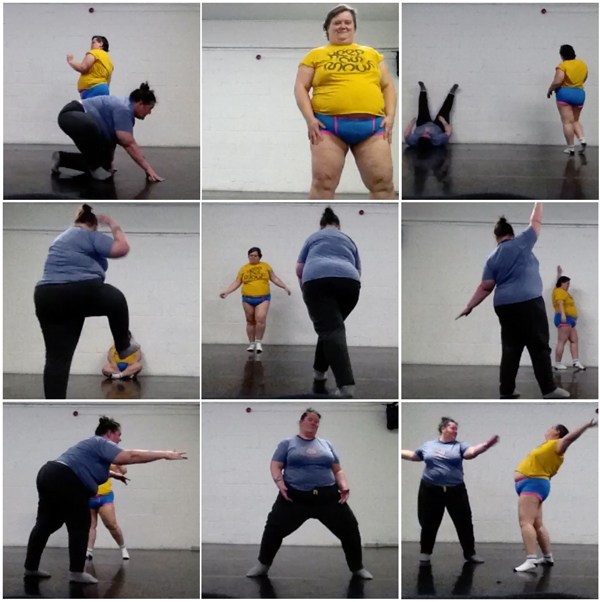
My performance lecture had its debut at The Rebel Man Standard festival. I revised this piece in 2018 and published it as a video essay: How do fat people dance?
Read this contemporary interview and article about fat people and dancing:
The Rebel Man Standard (2015) ‘Charlotte Cooper’ [online] The Rebel Man Standard Interviews. Available: http://therebelmanstandardinterviews.tumblr.com/post/134930234642/charlotte-cooper-what-do-you-consider-to-be-the
Shand-Baptiste, K. (2018) ‘Meet the women proving fat girls can dance’ [online]. Metro. London. Available: https://metro.co.uk/2018/05/23/meet-women-proving-fat-girls-can-dance-7570472
Fattylympics (2012)

The Fattylympics was a fat community response in East London satirising the 2012 Olympics. We were outraged by its accompanying gentrification, criminalisation of Black and Asian youth, Paralympics crip-washing and the corporate intrusion, militarisation and nationalism of the Games overall. We wanted to draw attention to the ways that sport is used as a weapon in the war on obesity, and has a particular impact on kids. Held in the shadow of the Olympic Park, we had non-competitive events, stalls, specially-made torches, official mascots, home-made medals, and an anthem composed by Verity Susman and I. Our guest of honour was Erkan Mustafa, known also as Roland, the iconic fat character from the children’s TV show Grange Hill.
Fattylympics blog
January (2011)

January is a short film about abuse using verbatim tactics. Perpetrator and victim, past and present share space in the sparse frame. The film includes invisible elements: the years of recovery that enabled participants to meet, talk and produce this work. The film was screened at BFI Flare.
Big Bum Jumble (2010)
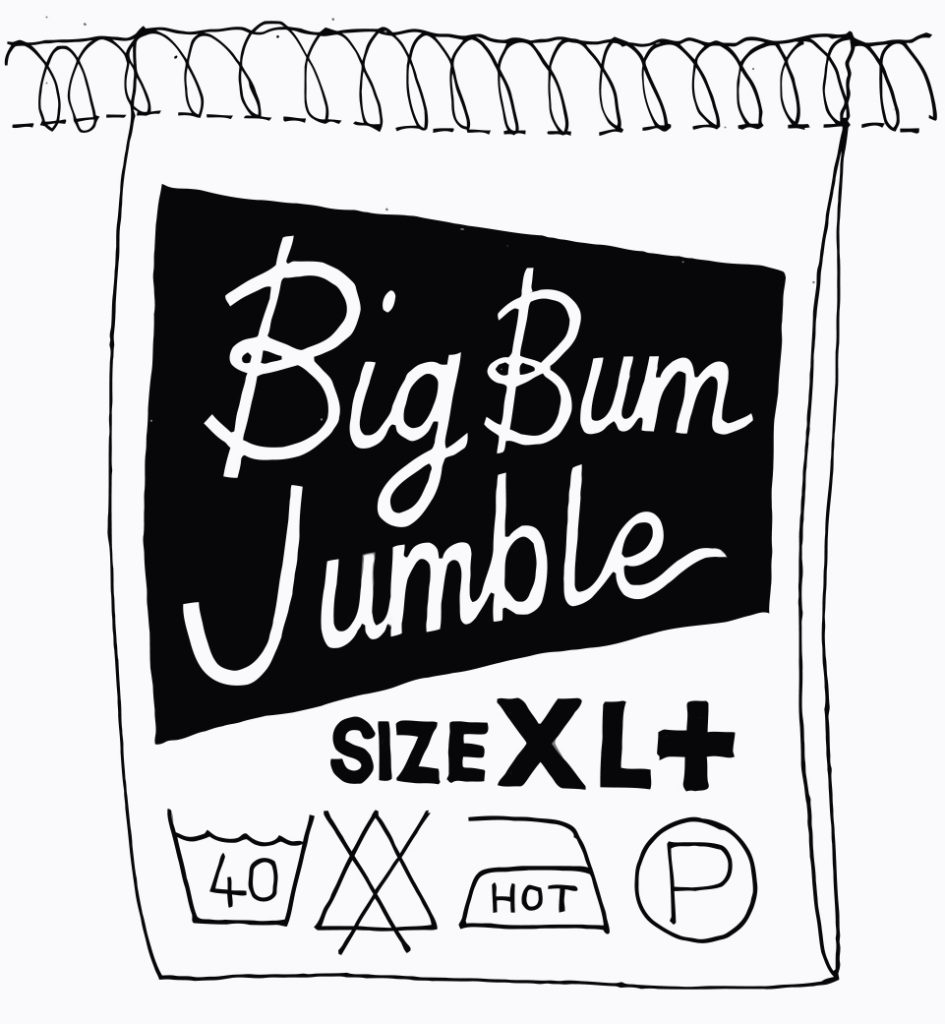
Kay and I used the money from The Fat of the Land to produce this fundraiser for the Fattylympics. The Jumble was a project about sustainable clothing, looking good and showing off. We had clothes to fit everyone and a fashion show.
Lovely and Slim (2010)
A tiny film making fun of the idea that being lovely and slim is the greatest thing in the world.
The Fat of The Land: A Queer Chub Harvest Festival (2009)
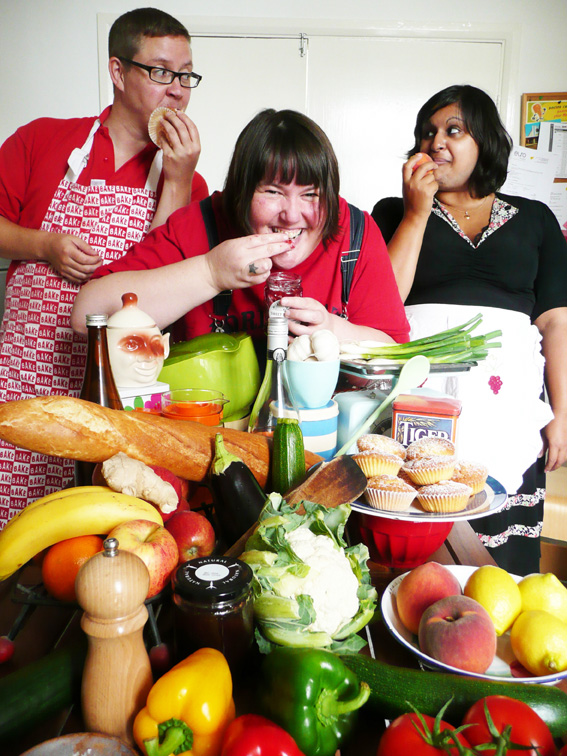
Jason Barker, Nazmia Jamal and I created this wigged-out fat, queer and trans harvest festival. We wanted to provide a Health At Every Size alternative to the usual miserable discourse on healthy eating. We had tombolas, stalls, tea drinking, cake, games, vegetable monsters, performance, produce competitions, lady morris dancers. I wrote a Fat and Queer Harvest Hymn, a short film of which screened at a handful of LGBT film festivals.
The Fat of The Land: A Queer Chub Harvest Festival
The 123s (2004 – 2006)

A queer cover band with Kay and Simon Murphy/Mona Compleine, supported by Homocrime. Performances were accompanied with zines available in 33Archive.
The Chubsters (2003 – 2010)
An idea of a fat queer girl gang became a vessel for workshops, film festival screenings, articles, photographs, symbols, music, slogans, embroidery, tattoos, even stonemasonry. Anyone could be a Chubster, members didn’t have to be fat, queer, a girl or even remotely tough. Members received a badge and a membership card. The project became an expression of my interest in how queer theory might expand ideas around cultural activism and social change. The Chubsters encouraged audaciousness in fat people.
The Chubsters’ website chubstergang.com is now defunct but snapshots are available through the Wayback Machine. Chubster artifacts exist in 33Archive.
27 Lies About Barbie
This video was made in response to a call out by the London Lesbian and Gay Film Festival in 1999. It was screened at NFT1.
The Lesbian and Gay Community (1998 – 2000)
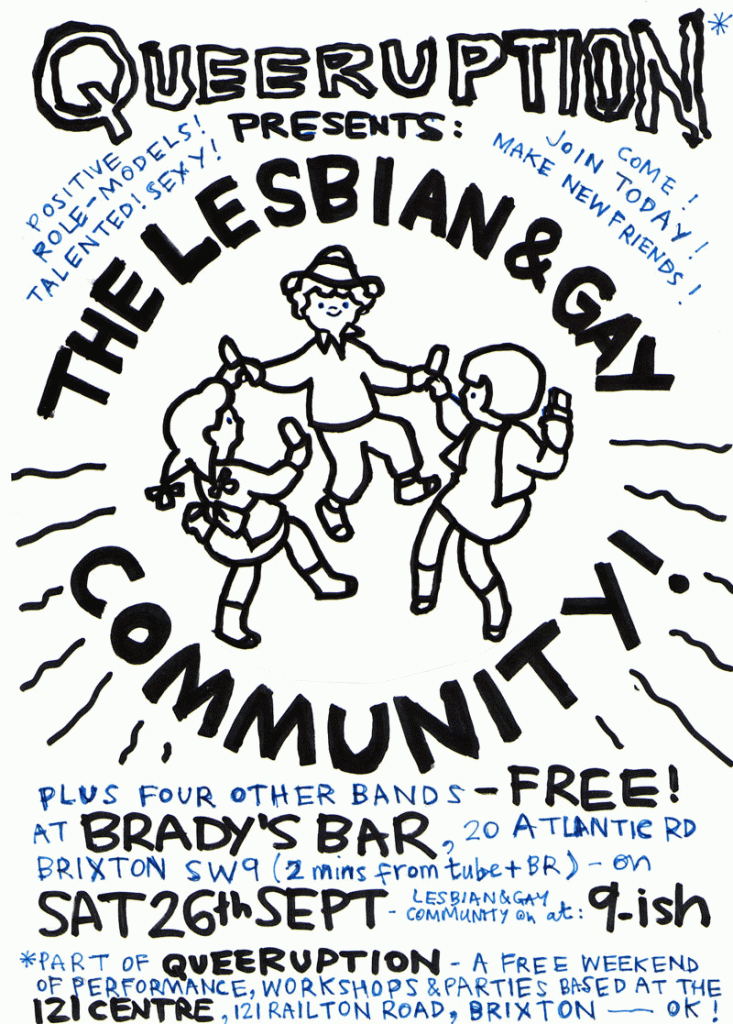
A queercore trio with Simon and Jason. the Lesbian and Gay Community played at Club V and the first Queeruption in 1998.
We gave ourselves this name because we were queers and trans people who were disenfranchised from the lesbian and gay community at that time. We issued membership cards and badges. Jason created a Fan Club Newsletter. Mike Wyeld helped us trademark the title to prank people into thinking they would have to ask us permission to use it. The Pink Paper published the following report: Editorial. “The Club Where ‘Lesban and Gay’ Is Now a Registered Trademark….” The Pink Paper, 26 June 1998, p.6